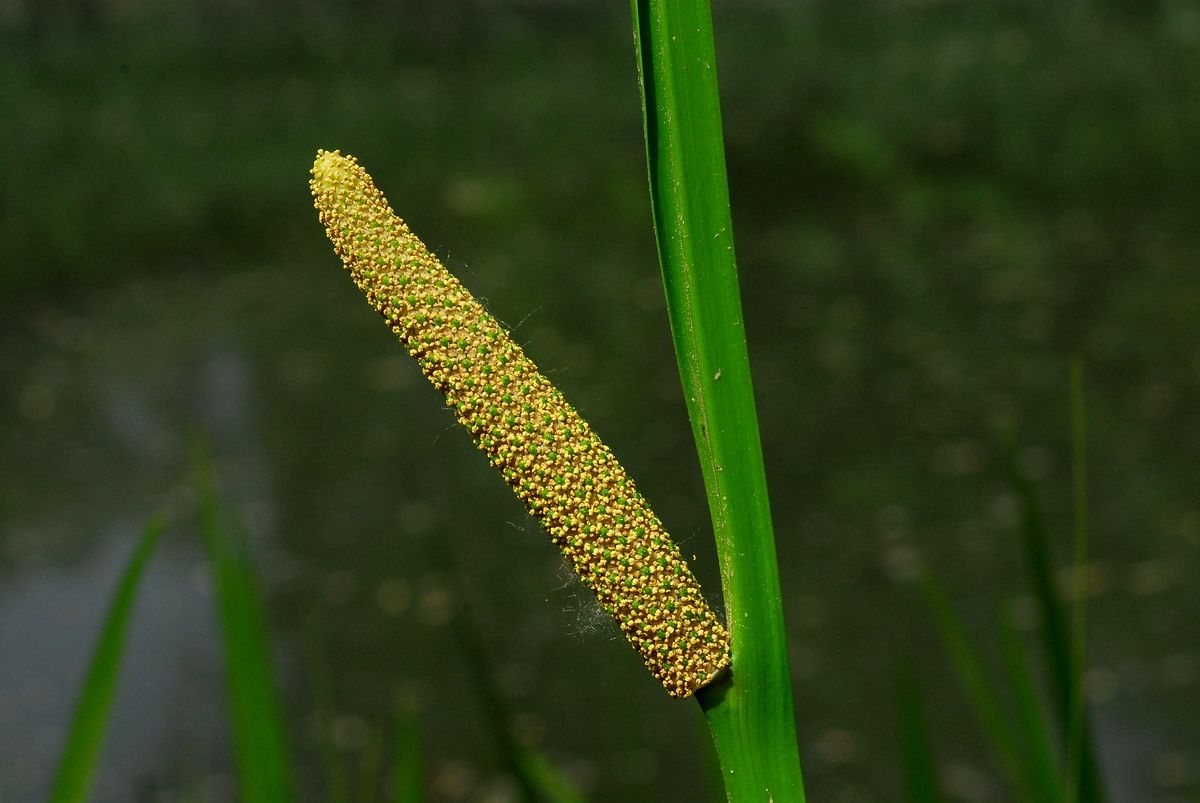Calamus, also known as sweet flag or muskrat root, is a fascinating plant with a rich history of medicinal and culinary uses. Its aromatic rhizome, the underground stem, has been prized for centuries for its unique flavor and potential health benefits.

Calamus (Acorus calamus) is a perennial herb that thrives in wetland environments. It features long, sword-shaped leaves and a creeping rhizome that produces fragrant, yellow-green flowers. The plant is native to Eurasia and North America but has been naturalized in many other regions.
Traditional Medicine
Calamus has a long history of use in traditional medicine systems, including Ayurveda and Traditional Chinese Medicine. It has been employed to treat a variety of ailments, such as:
Digestive disorders
Modern Research

While traditional uses abound, modern research has delved deeper into the potential benefits of calamus. Studies have explored its potential to:
Improve cognitive function: Some studies suggest that calamus may enhance memory and focus.
Flavor Profile
Calamus rhizome has a distinctive, bittersweet flavor with notes of citrus and spice. It is often used as a flavoring agent in various cuisines, including Indian, Middle Eastern, and European.
Culinary Uses

Spices and Seasonings: Calamus is used as a spice in curries, pickles, and other dishes.
While calamus offers potential health benefits, it is essential to use it with caution. Some varieties of calamus contain a compound called beta-asarone, which can be toxic in high doses. It is crucial to consult with a healthcare professional before using calamus, especially if you are pregnant, breastfeeding, or have underlying health conditions.
Q: Is calamus safe to consume?
A: In moderation, calamus is generally safe for most people. However, it is important to choose varieties that are low in beta-asarone and consult with a healthcare professional before use.
Q: What are the side effects of calamus?
A: Potential side effects of calamus include nausea, vomiting, diarrhea, and allergic reactions. In rare cases, it may cause liver damage.
Q: How is calamus typically used?
A: Calamus is commonly used in dried, powdered, or fresh form. It can be added to food, beverages, or taken as a supplement.
Calamus, with its rich history and diverse applications, continues to fascinate both traditional healers and modern researchers. While its potential benefits are promising, it is crucial to approach its use with caution and under the guidance of a qualified healthcare professional.




:max_bytes(150000):strip_icc()/star-of-bethlehem-plant-profile-4774326-hero-943e35e2dc3049b1b2baa110d5fa0e71.jpg?w=200&resize=200,112&ssl=1)
